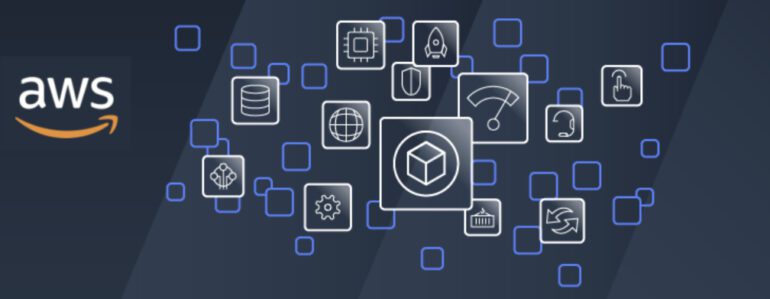TL;DR:
- AWS introduces best practice alarm recommendations for CloudWatch.
- Available for 19 AWS services to enhance observability.
- Simplifies alarm setup with pre-filled metrics and thresholds.
- Allows bulk download of infrastructure-as-code for alarms.
- Supported services include Auto Scaling, S3, Lambda, and more.
- Positive industry feedback on bridging the observability gap.
- AWS integrates in-line metric information for better understanding.
- There are no extra charges for using recommendations; standard alarm rates apply.
Main AI News:
In a bid to bolster observability on the AWS platform, Amazon Web Services (AWS) has rolled out a groundbreaking feature – ‘out-of-the-box’ best practice alarm recommendations for Amazon CloudWatch. This latest addition is poised to revolutionize the way engineers monitor their AWS infrastructure, offering a streamlined approach to setting up crucial alarms.
Currently, this innovative feature is available for a total of 19 managed services, with more expected to join the lineup soon. The primary objective behind these recommendations is to empower users to identify the key metrics that necessitate alarm triggers, ensuring that no critical events go unnoticed.
The process is designed with simplicity in mind. Users can effortlessly access these recommendations through a toggle button on the CloudWatch console. Once activated, the alarm creation wizard takes the reins, automatically populating the metric name, statistic, and period based on the best practice alarm recommendations. Even specific threshold values, when required, are conveniently pre-filled, making the setup process a breeze.
Furthermore, AWS has thoughtfully integrated the option to bulk download the auto-generated infrastructure-as-code for recommended alarms. This feature allows users to seamlessly incorporate these alarms into their templates, automating the provisioning of their monitoring infrastructure.
The list of services currently supported by alarm recommendations includes Auto Scaling, S3, Lambda, CloudFront, DynamoDB, EFS, and Kinesis, among others. However, it’s worth noting that services such as Amazon RDS, EBS, and SES are not yet included in this lineup.
Ecosystem engineer at Momento and AWS Serverless Hero, Allen Helton, emphasizes the significance of this development, stating, “This was a big gap in the observability space. I love that we can use this to tell us what we need to know about our applications.”
For developers seeking even more flexibility, the option to download infrastructure-as-code alarm definitions for recommended alarms is available. This code can be utilized to recreate alarms in CloudFormation, AWS CLI, or Terraform, with some even requesting support for the AWS CDK.
Global cloud architect at Everlight Radiology, Shahed Kazi, hails this as a game-changer for logging and monitoring in AWS, expressing hopes for simpler alarm activation options in the future.
To enhance customer understanding of these alarms, AWS has incorporated in-line metric information into the AWS vended metrics displayed in the console. This includes comprehensive details such as metric descriptions, units, statistics, and their relevance to the services being monitored.
Corey Quinn, chief cloud economist at The Duckbill Group, commends AWS for this milestone in his newsletter, stating, “In what can only be described as AWS finally lending you a helping hand, you can now get pre-packaged alarm recommendations for your favorite services. Nothing says progress like handing you an off-the-shelf list, rather than DIY your digital house of horrors. Congrats, CloudWatch – you’re not as useless as you were yesterday.”
These alarm recommendations and metric descriptions are readily available in all AWS commercial regions for the 19 supported services. Importantly, there are no additional charges associated with using these recommendations, with the alarm costs aligning with the standard rates for CloudWatch alarms.
AWS continues to raise the bar in facilitating seamless, efficient cloud monitoring, and with this latest addition to CloudWatch, users can expect a more comprehensive and user-friendly experience when it comes to AWS observability.
Conclusion:
AWS’s introduction of best practice alarm recommendations for CloudWatch represents a significant step in streamlining cloud monitoring and enhancing observability. This innovation simplifies the process for engineers, ultimately improving AWS’s position in the market by offering a more user-friendly and efficient solution for monitoring AWS infrastructure.

